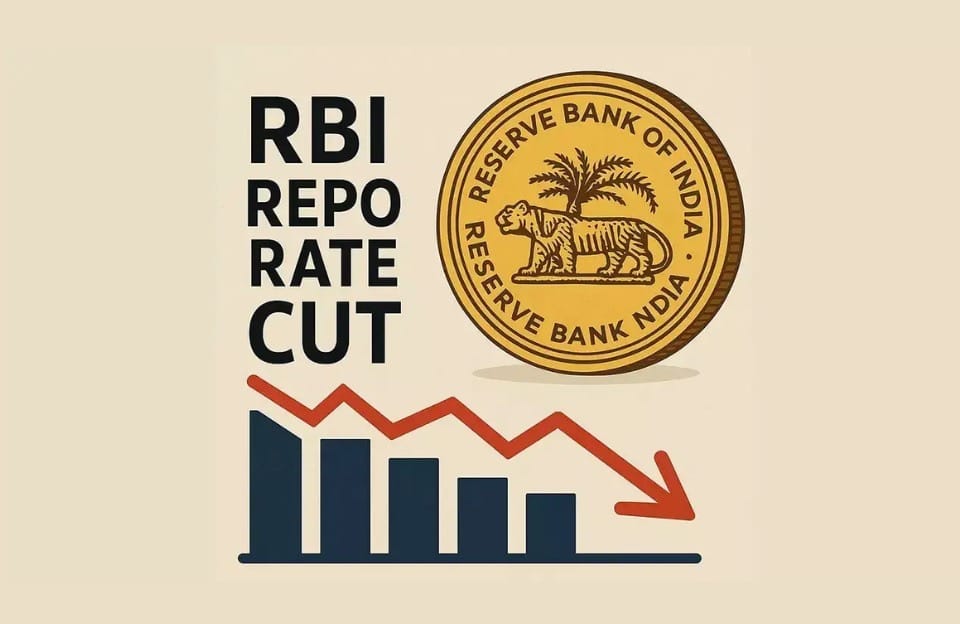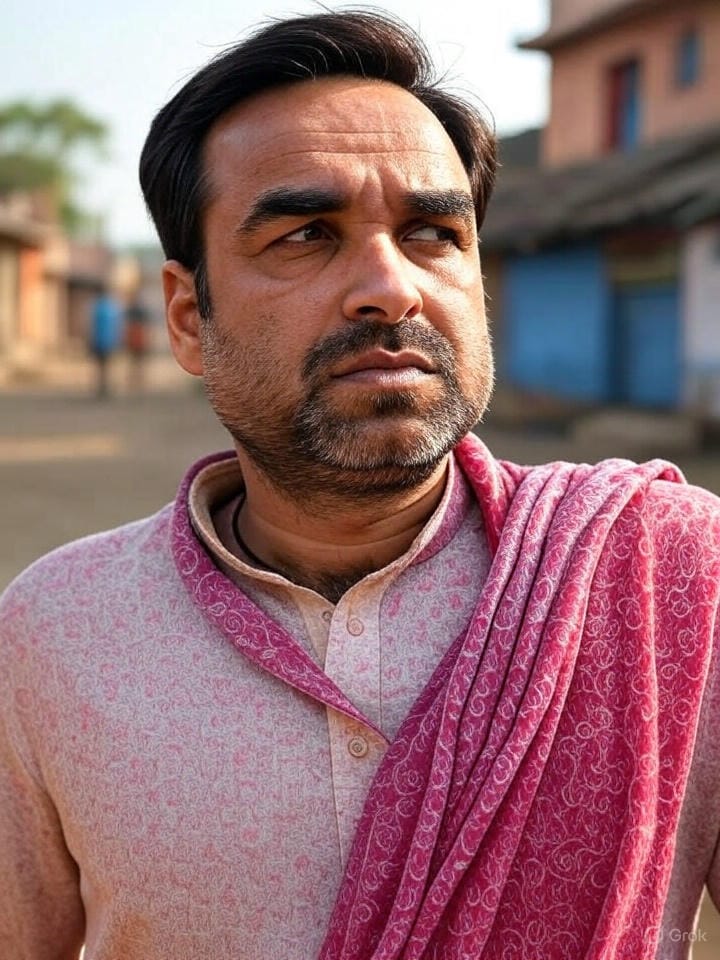Part 2 of 8-Part Series: Exploring India’s Unstoppable Growth and the Challenges It Must Navigate
Consumption Boom vs. Inflation Risks: Will Rural Demand Triumph?
As we approach mid-2025, specifically July 13, 2025, the Indian economy stands at a critical juncture, marked by a resilient consumption surge amid lingering inflationary pressures. Rural demand has solidified its role as a pivotal force in driving economic expansion, even as global uncertainties—exemplified by the recent escalation in the Iran-Israel conflict—introduce volatility. This article draws on the latest available data from reputable sources, including NielsenIQ reports, RBI forecasts, and international economic analyses, to dissect these interplaying forces. By examining current trends, we evaluate whether rural demand can sustain its momentum and prevail over inflation risks, providing a balanced, data-driven perspective for investors, policymakers, and observers.
The Consumption Boom: A Surge in Spending Fueled by Rural Revival
India’s economy in 2025 continues to exhibit a notable consumption boom, underpinned by heightened consumer sentiment and supportive fiscal measures. This trend is particularly pronounced in rural areas, which account for over 60% of the population and have emerged as a primary engine of growth. According to NielsenIQ’s FMCG Quarterly Snapshot for Q1 2025 (January–March), rural consumption volumes grew by 8.4%, outpacing urban areas for the fifth consecutive quarter, despite a slight slowdown from 9.2% in Q4 2024. Overall, the Indian FMCG sector achieved an 11% value growth in Q1 2025 compared to the previous year, driven by a combination of volume increases and modest price hikes.
Several factors contribute to this surge. First, increased disposable incomes in rural households stem from favorable agricultural outputs and higher commodity prices. For instance, strong monsoon seasons in recent years have bolstered crop yields, leading to a 7.1% inflation-adjusted consumption growth in FY25, which outpaced the broader GDP expansion of 6.5%. Government initiatives have played a crucial role, with schemes like Pradhan Mantri Kisan Samman Nidhi (PM-KISAN) providing direct cash transfers of ₹6,000 annually to over 100 million farmers, enhancing purchasing power for essentials and durables. Additionally, the revival in rural non-farm activities, such as small-scale manufacturing and services, has diversified income sources.
This boom extends beyond FMCG to sectors like automobiles and consumer durables. For example, passenger vehicle sales in rural areas rose modestly in Q1 2025, contributing to overall demand recovery. However, the rapid escalation in demand has exposed vulnerabilities in supply chains. Global shortages in semiconductors and logistics bottlenecks have increased costs, setting the stage for potential inflationary spillovers. Despite these, the consumption narrative remains positive, with projections indicating a 6.2% growth in rural consumption for FY26, supported by easing inflation and agricultural stability.
Expert analysis from CRISIL and Deloitte underscores this resilience, noting that rural demand’s outperformance is a key pillar for India’s projected 6.5% GDP growth in FY26. Yet, this growth is not uniform; smaller players and regional brands have captured market share, reflecting a shift toward affordable, localized products amid economic uncertainties.
Inflation Risks: A Persistent Yet Manageable Threat
Inflation in mid-2025 presents a nuanced challenge, with headline rates remaining subdued but underlying risks from external shocks. The Consumer Price Index (CPI) inflation dipped to 2.82% in May 2025, marking the lowest since February 2019 and a decline from 3.16% in April. The RBI, in its June 2025 monetary policy review, revised its FY26 inflation forecast downward to 3.7%, with quarter-wise estimates at 2.9% for Q1, 3.4% for Q2, 3.5% for Q3, and 3.9% for Q4. This optimism stems from favorable base effects and controlled food prices, but regional disparities persist, with rural inflation often higher due to dependency on agriculture.
Primary drivers of inflation include global supply chain disruptions, which have persisted post-pandemic, elevating costs in import-heavy sectors like electronics and automobiles. Oil price volatility remains a significant concern; Brent crude hovered around $70 per barrel as of July 11, 2025, following fluctuations influenced by Middle East tensions. India, importing over 80% of its oil, faces amplified pressures from these spikes, potentially adding 0.1–0.2% to headline inflation per $10 increase in crude prices.
Monsoon variability adds another layer; while the 2025 monsoon has been largely favorable so far, erratic patterns in previous years have driven food inflation, which constitutes about 40% of the CPI basket. In rural areas, this translates to squeezed margins for farmers, as rising fertilizer and fuel costs—up 5–7% year-on-year—erode profitability. The RBI’s cautious stance, maintaining the repo rate at 5.5% post the June cut, aims to balance growth and price stability, with Governor Sanjay Malhotra indicating that sub-projection inflation could open policy space for further easing.
Despite low current rates, risks loom from geopolitical escalations, which could reverse gains. Core inflation, excluding food and fuel, stands at around 3.5%, signaling underlying demand pressures from the consumption boom.
Rural Demand: Strength Amid Vulnerability
Rural India, home to over 60% of the population, serves as the bedrock of consumption-driven growth. The 8.4% volume growth in rural FMCG during Q1 2025 underscores this strength, with categories like home and personal care leading at higher rates than food, which slowed to 4.9%. Agricultural resilience, bolstered by schemes like PM-KISAN and rural infrastructure under Pradhan Mantri Gram Sadak Yojana, has enhanced income opportunities and living standards.
Policy support extends to digital inclusion, with platforms like e-NAM enabling better market access for farmers, reducing intermediaries and boosting earnings. In states like Punjab and Haryana, this has led to diversified spending on durables, such as two-wheelers, which saw a 7.3% rural sales uptick in FY25. However, vulnerabilities are stark: Rural inflation often surpasses urban levels, with food and fuel comprising a larger share of household budgets. In Bihar and Uttar Pradesh, volatile prices have impacted nutrition, with reports indicating reduced caloric intake among low-income groups.
The RBI notes that while rural demand drives resilience, inflationary shocks could erode gains, particularly if oil imports strain forex reserves. Yet, forecasts remain positive, with CRISIL predicting rural consumption to contribute significantly to FY26’s 6.2% growth.
Recent Events: Geopolitical and Economic Shocks
Mid-2025 has been tumultuous, with the Iran-Israel conflict escalating dramatically. On June 13, 2025, Israel launched surprise attacks on Iranian nuclear and military facilities, marking the onset of a direct war that lasted about 12 days before a fragile ceasefire. This led to Brent crude spiking temporarily, disrupting Red Sea trade routes and elevating India’s import costs by an estimated 5–7%. Iranian President Pezeshkian was wounded, and parliament allocated additional funding to security forces.
Domestically, the RBI’s June policy maintained a neutral stance, prioritizing core inflation control amid these shocks. These events underscore India’s exposure to global volatility, yet the economy’s domestic orientation—consumption at nearly 70% of GDP—provides a buffer.
Can Rural Demand Overcome Inflation Risks?
Rural demand holds promise as a counterforce to inflation, facilitated by affordable credit (post-repo cut) and rising discretionary spending on FMCG and durables. De-escalation in the Iran-Israel conflict could stabilize oil at $70/bbl, easing pressures. To ensure triumph, targeted investments in rural infrastructure, digital marketplaces, and crop insurance are essential to boost productivity and mitigate price shocks.
Smart monetary policy, focusing on data-driven adjustments, will be key. If inflation remains below 3.7% as forecasted, further easing could amplify rural spending. Challenges like jobless growth in rural non-farm sectors must be addressed through skill development programs.
Conclusion
Rural demand forms a robust foundation for India’s economic resilience in mid-2025, but overcoming inflation requires vigilant policy interventions. With inflation at historic lows and rural growth outpacing urban, the outlook is cautiously optimistic. Strategic management of geopolitical risks and domestic reforms could harness rural potential, fostering sustainable growth and positioning India as a global economic powerhouse.


